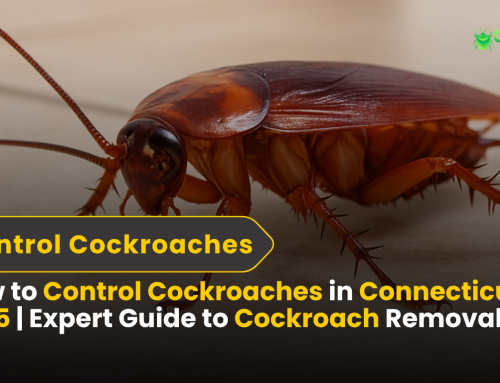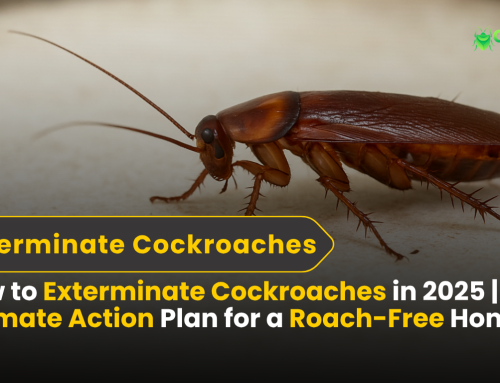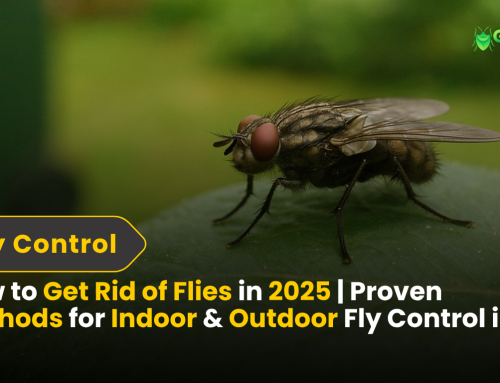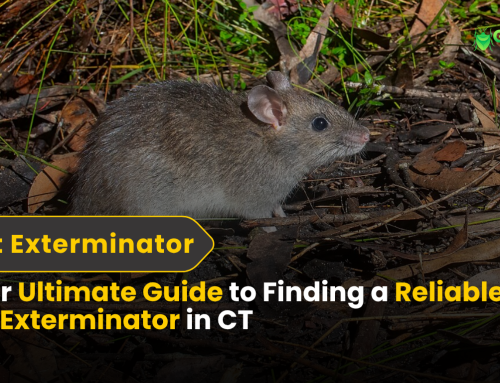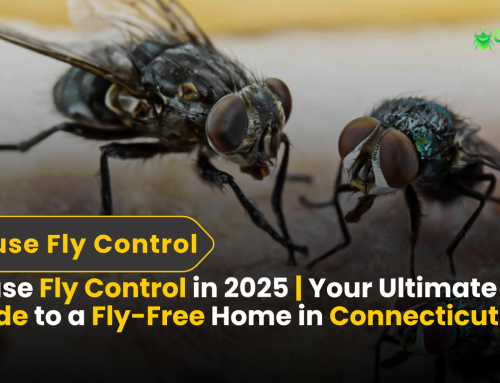How Harmful is the World of Hornets: Understanding Their Nature and Potential Risks
Hornets, mostly often misunderstood and feared are fascinating insects with vital roles in the ecosystem. These large wasps, belonging the genus vespa are famous for their aggressive defense of nests and [owerful stings,Which majorly cause the fear among the humans . However, Hornets are crucial and important predators that help maintain ecological balance by controlling The pest population dn growth
As voracious hunters, hornets feed on a variety of insects, including caterpillars, flies, and beetles, aiding agriculture by naturally reducing pest numbers. They also contribute to pollination while foraging for nectar, although less effectively than bees. Additionally, their scavenging of dead insects supports decomposition processes.
Despite their ecological importance, hornets pose risks to humans and animals. Their venomous stings can cause significant pain, allergic reactions, or, in rare cases, anaphylaxis. Hornets generally avoid humans but will aggressively defend their nests if threatened.
Understanding hornet behavior is crucial for safe coexistence. Avoid provoking them, maintain distance from nests, and seek professional assistance for nest removal. By respecting their role in nature, we can appreciate these remarkable creatures while minimizing risks. Hornets are not merely aggressive insects; they are vital contributors to the balance of our ecosystems, deserving of both caution and admiration.
Understanding Hornets: Nature’s Powerful Predators
Hornets belong to the genus Vespa, a group of wasps distinguished by their larger size and more robust bodies compared to other wasp species. There are approximately 20 species of hornet
worldwide, with some of the most well-known being the European hornet (Vespa crabro) and the Asian giant hornet (Vespa mandarinia). The latter, often referred to as the “murder hornet,” has gained global attention due to its size and potent sting, sparking concern about its potential impact on ecosystems.
Physical Characteristics of Hornets
- Size
Hornets vary in size, ranging from 2 cm to 5.5 cm in length, depending on the species. The Asian giant hornet is the largest, measuring up to 5.5 cm in length, making it significantly larger than most other hornet species.
- Coloration
Hornets typically have distinctive black and yellow or black and white markings. These colors serve as a warning to potential predators, indicating their venomous nature.
- Wings
Hornet wings are generally clear or lightly tinted, providing them with strong flight capabilities. Their powerful wings help them navigate over long distances when foraging for food or defending their nests.
Hornet Life Cycle – Basic Concept
Hornets undergo a complete metamorphosis, progressing through four distinct stages: egg, larva, pupa, and adult.
- Egg: The queen lays eggs in hexagonal combs within the nest.
- Larva: Once the eggs hatch, worker hornets feed the larvae with protein-rich food, primarily insects.
- Pupa: The larvae spin silk around themselves to form a cocoon and enter the pupa stage, where they develop into adults.
- Adult: After emerging from the pupa, hornet take on specific roles in the colony. Workers gather food, defend the nest, and care for larvae, while queens lay eggs to ensure the survival of the colony. Male hornet typically mate with the queen before dying.
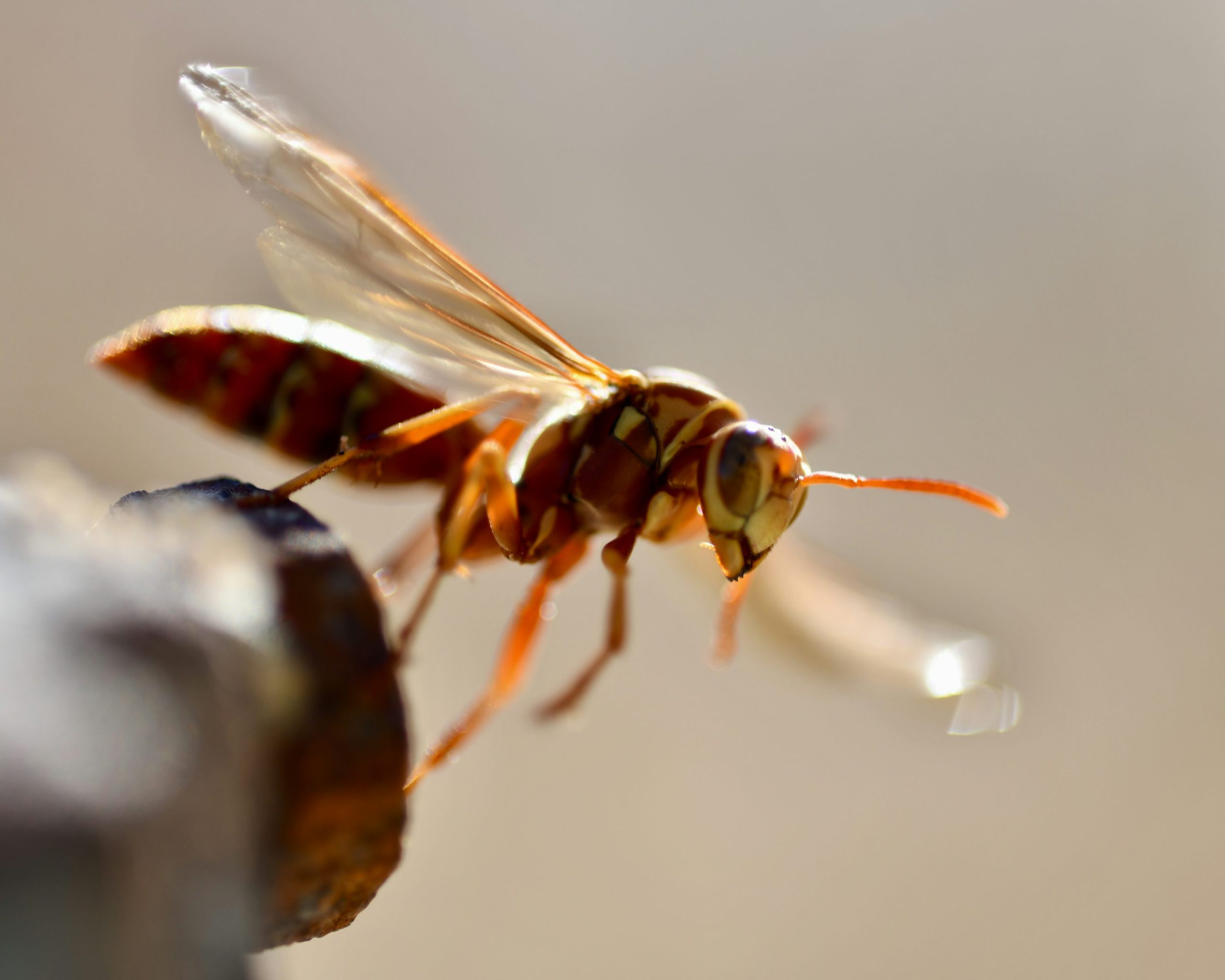
Ecological Importance of Hornets In The World
Despite their fearsome reputation, hornets play a critical role in the environment as both predators and pollinators, contributing to ecosystem health and agricultural stability.
1. Predators in the Food Web
Hornets are highly effective predators, feeding on a wide variety of insects, including caterpillars, flies, beetles, and even other wasps. By hunting these pests, hornet help regulate the populations of harmful insects, reducing the need for chemical pesticides in agriculture. This natural pest control contributes to the health of crops and promotes biodiversity in natural ecosystems, preventing overpopulation of certain species that could otherwise damage vegetation or spread disease.
2. Pollination
While hornets are not as efficient as bees, they still contribute to pollination. As they forage for nectar, hornet inadvertently pick up and transfer pollen between plants, aiding in the reproduction of flowers and plants. This makes them valuable for plant biodiversity, helping various species thrive.
3. Carcass Removal
Hornets also play an essential role in decomposition by scavenging on dead insects. This process helps break down organic matter, returning nutrients to the soil and contributing to the health of the ecosystem. Their role as decomposers ensures that ecosystems remain clean and nutrient-rich.
The Potential Risks Associated with The Hornets
While hornets are crucial to the environment, they do pose potential risks to humans and animals, primarily due to their venomous sting. Understanding these risks is essential for safety.
1. Stings and Venom
Hornets can sting multiple times without losing their stinger, unlike honeybees, which can sting only once. Their venom contains a mix of chemicals, including enzymes, histamines, and other proteins, which can cause pain, swelling, and allergic reactions.
- Pain: Hornet stings are intensely painful, with pain levels rated high on the Schmidt Sting Pain Index, often more so than bee stings or those from smaller wasps.
- Toxicity: The venom is potent enough to cause tissue damage. In some cases, it can trigger systemic reactions like anaphylaxis, which is a severe allergic response that can be life-threatening if not treated promptly.
2. Aggressive Defense
Hornets are generally not aggressive unless provoked. If their nests are disturbed, however, they can become highly defensive and swarm to protect their colony. This aggressive behavior can pose significant risks to people and animals, especially if they are unknowingly near the nest.
3. Impact on Honeybees
Certain hornet species, such as the Asian giant hornet, are notorious for attacking and decimating honeybee hives. This poses a direct threat to pollination, impacting agriculture and the production of honey. Hornet target honeybees for their larvae and can destroy an entire hive, disrupting local ecosystems and food production.

Interesting Facts About Hornets That You Need To Know
Hornets are not only formidable predators but also exhibit remarkable behaviors and adaptations that contribute to their success in nature.
Hive Coordination
Hornet communicate through pheromones, allowing them to coordinate complex activities such as defending their nests or hunting for food. This chemical communication ensures that the colony works efficiently, with each hornet fulfilling its role within the group.
Thermal Defense
Japanese honeybees have developed an incredible defense mechanism against hornet attacks. When a hornet invades their hive, the bees create a “bee ball” by clustering around the hornet. They generate heat within the ball, which can raise the temperature enough to kill the hornet, effectively protecting the hive from these deadly predators.
Super Nests
In optimal conditions, hornet nests can grow to impressive sizes, housing thousands of hornet. These super nests are often built in secluded areas, with each hornet playing a specific role in the colony’s survival and expansion.
How to Stay Safe Around Hornets?
Understanding hornet behavior is crucial for minimizing risks and avoiding conflict. By following these practical tips, you can safely coexist with hornets and reduce the chance of being stung.
1. Avoid Provocation
The most important step in staying safe around hornet is not to provoke them. Do not swat at hornet or disturb their nests. They can become highly aggressive when they feel threatened, and swatting may trigger an attack. If hornet are flying nearby, remain calm and avoid sudden movements. Always maintain a safe distance from hornet activity.
2. Recognize Nest Locations
Hornet often build nests in sheltered locations, such as tree branches, shrubs, eaves of buildings, or even underground. Spotting a nest early can help you avoid accidental encounters. If you notice a hornet nest in or near your home, take precautions to steer clear of it.
3. Use Protective Measures
If you discover a hornet nest close to your home, it’s best to contact pest control professionals for safe removal. Avoid attempting to remove the nest yourself. If working near hornet habitats, wear protective clothing, such as long sleeves, pants, and gloves, to minimize the risk of stings.
4. First Aid for Stings
In case of a hornet sting, promptly clean the site with soap and water. Apply a cold compress to reduce swelling. If you experience severe symptoms, such as difficulty breathing, dizziness, or extensive swelling, seek medical attention immediately, as these could be signs of an allergic reaction.
Final Thoughts:
Hornets are an integral part of our ecosystem, contributing significantly to natural pest control and, in some cases, pollination. These insects are often misunderstood, with many fearing their venomous sting. However, hornet are not inherently aggressive. They typically only sting when provoked or when their nests are disturbed. Understanding their behavior and role in nature is crucial for minimizing conflicts and ensuring safe coexistence.
By appreciating hornet for their ecological contributions, such as controlling pest populations and aiding in the pollination of certain plants, we can shift the focus from fear to respect. They help reduce the need for chemical pesticides in agriculture by preying on harmful insects, and they play a role in maintaining the balance of local ecosystems.
Education and awareness are key to overcoming the fear surrounding hornet. If we learn to recognize their role and take appropriate precautions, such as avoiding nests and wearing protective clothing when necessary, we can coexist peacefully with these fascinating creatures.
Next time you encounter a hornet, take a moment to appreciate its contribution to the environment. Respect its space and avoid disturbing it to ensure both your safety and the hornet’s well-being. By fostering a balanced relationship with hornet and other wildlife, we can better appreciate the natural world and the complex interactions that support it.

